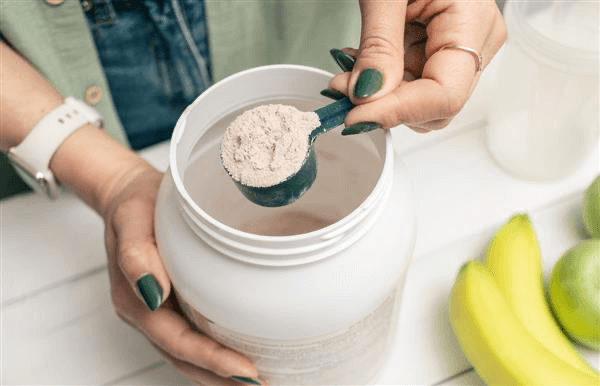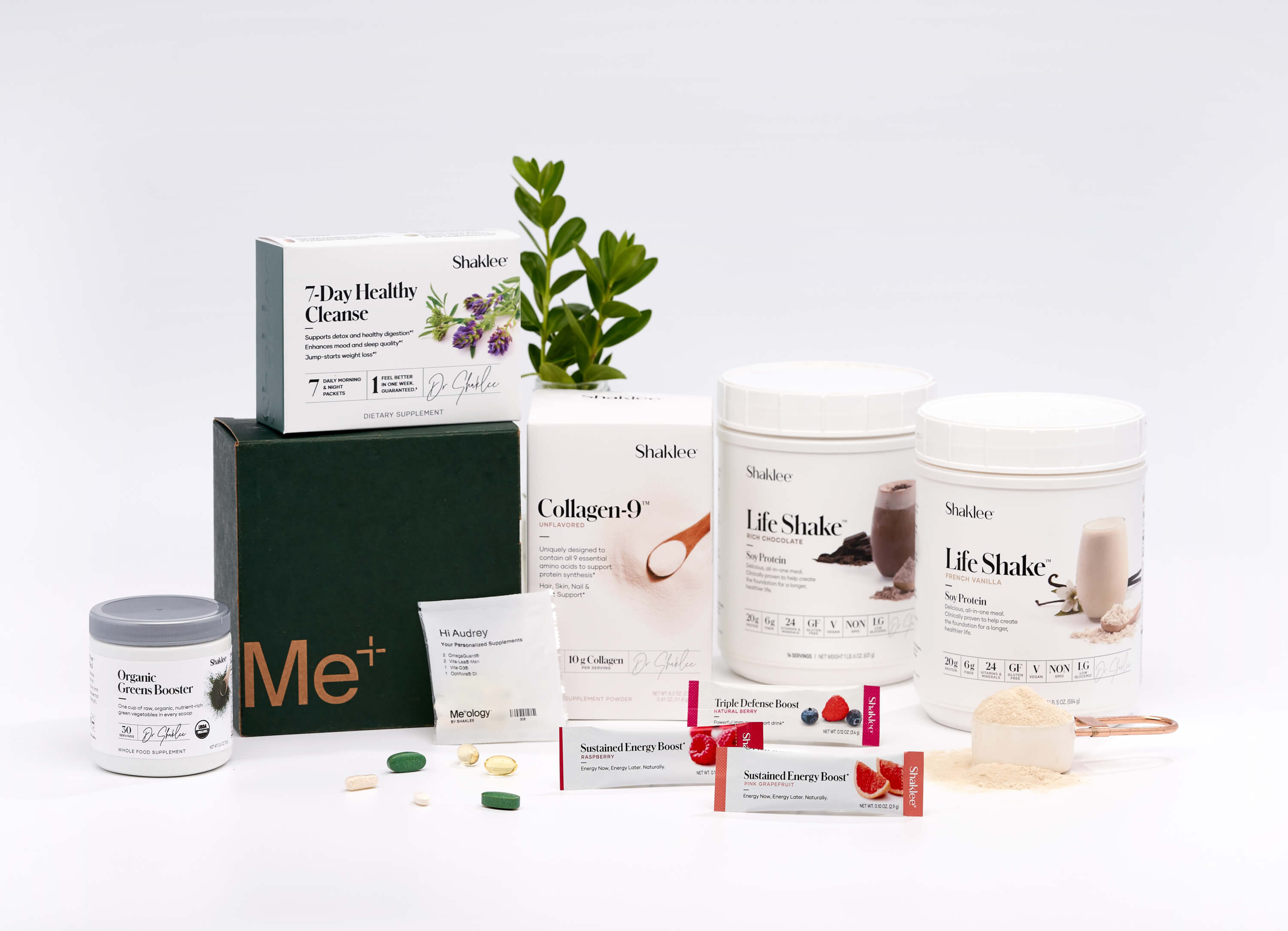Everything you need to know about a concerning recent study.
BY AMANDA MACTASPUBLISHED: JAN 22, 2025
SAVE ARTICLE

FARION_O//GETTY IMAGES
For those who struggle to get their proper daily intake of protein, protein powder has become a godsend. With so many brands, flavors, and products on the market, it’s easier than ever to boost your nutrition. The advent of both flavored and flavorless protein powders allows people to get creative in the kitchen, making everything from cosmic brownie protein bites to piña colada protein smoothies. Heck, I used to scoop some powder into my morning tea.
Advertisement - Continue Reading Below
Registered dietitian and owner of Compass Nutrition, Adiana Castro, MS, RDN, CDN, agrees that protein powders are a quick and convenient way to increase your intake of this “superpower macronutrient” which, she says, “our bodies need to keep us full longer, reduce appetite, and maintain lean muscle, which can lead to weight management.”
However, powder lovers might want to rethink that double scoop next time you swing by your favorite smoothie place or whip up a shake at home. In a recent study conducted by Clean Label Project, a national nonprofit with the mission of bringing truth and transparency to food and consumer product labeling, almost half of the powders tested contained impurities—more specifically, they contained toxic metals. Yikes.
MORE FROM DELISH
Pulled Pork Is The Only BBQ Recipe You Need
Pulled Pork Is The Only BBQ Recipe You Need
RELATED STORY
Let’s Stop Putting Protein In Everything
Clean Label Project tested 160 products from 70 of the top-selling protein powder brands and found that 47% of these products exceeded California Proposition 65 safety thresholds for toxic metals. Prop 65 is a law in California designed to protect state residents from harmful chemicals and it’s important to note that those regulations differ from FDA standards.
Advertisement - Continue Reading Below
As Castro points out, “the FDA’s levels are based on the risk of acute or chronic lead and cadmium exposure from a particular food source.” In contrast, Proposition 65’s maximum allowable dose levels (MADL), she explains, “are intended to trigger warnings for consumers about overall exposure to harmful chemicals.”
In other words, consumers should be aware that a Proposition 65 warning doesn't necessarily indicate a product is unsafe by federal standards, but rather reflects California's uniquely stringent approach to chemical exposure notifications.
So what exactly do we need to know about this protein powder study?
Here's What The Study Found
All of the powders tested were subjected to screening for heavy metals and bisphenols, which are chemical compounds often used to produce plastics and resins. Varying levels of arsenic, cadmium, lead, and mercury were found. Not only did 47% of the products tested exceed California Proposition 65 safety thresholds for toxic metals, but 21% of the samples contained levels more than twice as high as those allowed under Proposition 65.
Advertisement - Continue Reading Below
The study revealed significant variations in heavy metal contamination across different types of protein powders. Of note, organicprotein powders showed higher levels of contamination, with 79% exceeding Proposition 65 levels for heavy metals. These organic options contained three times more lead and twice as much cadmium as their non-organic counterparts.
Plant-based protein powders also raised concerns, with 77% exceeding Proposition 65 levels for lead, compared to only 28% of whey-based powders. Plant-based options contained three times more lead than whey-based products.
Flavoring also played a role, as 65% of chocolate-flavored powders exceeded Proposition 65 levels. These chocolate-flavored options contained four times more lead and up to 110 times more cadmium than vanilla-flavored products.
Researchers found that whey or collagen based protein powders that are not chocolate-flavored contained the least amount of lead.
On a lighter note, Clean Label Project's study found great improvement in BPA and BPS levels when compared to findings from a similar study conducted in 2018. In 2018, 55% of powders tested were contaminated with BPA or BPS. This year's findings only found the contaminants in three out of 160 powders tested—a marked improvement.

0 Comments